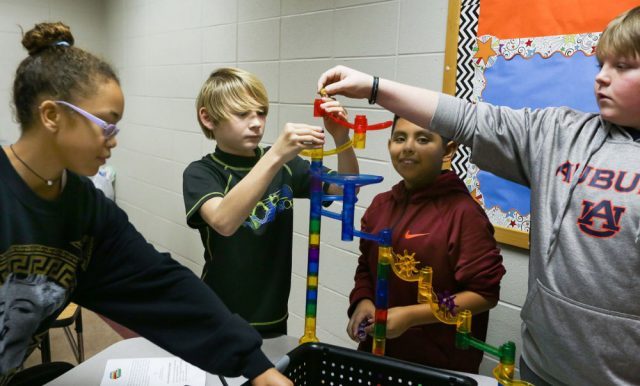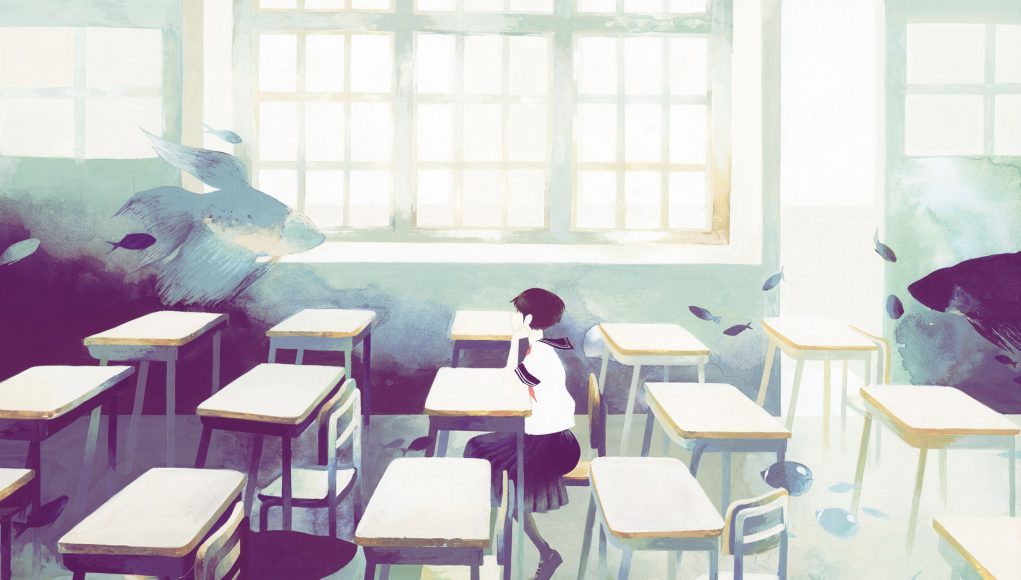Experiential Learning
You’ve probably heard about the wonders of ‘Learning by doing’ from someone in your life—and they wouldn’t be wrong. Learning through hands-on experience is vastly different than just passively listening to a lecture, and your brain loves it.
This is formally known as experiential learning — the process of learning through experience or ‘learning through reflection on doing’. In scientific research and in the classroom, it has demonstrably been shown to be one the most effective forms of meaningfully retaining information — experiential learning engages most of the senses, builds social-emotional skills, creates a context for memorization, expands critical thinking and is unquestionably more relevant to real life applications of what’s being studied.

Experience-based learning also encourages experimentation, embraces curiosity and (perhaps most importantly) turns mistakes into a natural part of the learning process, rather than grounds for punishment of students. It’s no wonder it’s such a powerful form of learning —it’s how we’ve been learning things since primordial times.
Our current system understands this to an extent, as experiential learning isn’t completely absent from schools — you’ve probably had an art or science class that was very much hands on, and there’s one type of experiential task that teachers love but students hate: homework.
Teachers assign homework because it works when students actually do it. To complete these assignments, one has to think about what they’re doing, perform the task at hand and reflect through the entire process. But from a user-experience standpoint, homework tends to be uninspiring — it doesn’t play with most of the senses, its format is predictable, it usually isolates students and it isn’t exactly exciting to complete. So why aren’t we trying to do things differently?
 Putting it simply: it’s hard. Conceptualizing new ways to teach subjects like math, biology and history experientially is a huge design challenge, even more so when you’re trying to do it without breaking the bank. After all, we’ve taught Biology using books and a blackboard for as long as anyone can remember, so how would we go about engaging all senses, making learning active and social, keeping the cost low and achieving all learning goals?
Putting it simply: it’s hard. Conceptualizing new ways to teach subjects like math, biology and history experientially is a huge design challenge, even more so when you’re trying to do it without breaking the bank. After all, we’ve taught Biology using books and a blackboard for as long as anyone can remember, so how would we go about engaging all senses, making learning active and social, keeping the cost low and achieving all learning goals?
– – — – –
Now that we’ve defined the problem, the questions, and our utopian destination for education, let’s talk about the future —in Part 2, Tomorrow’s Solutions we explore how exciting new technologies can disrupt traditional education.







